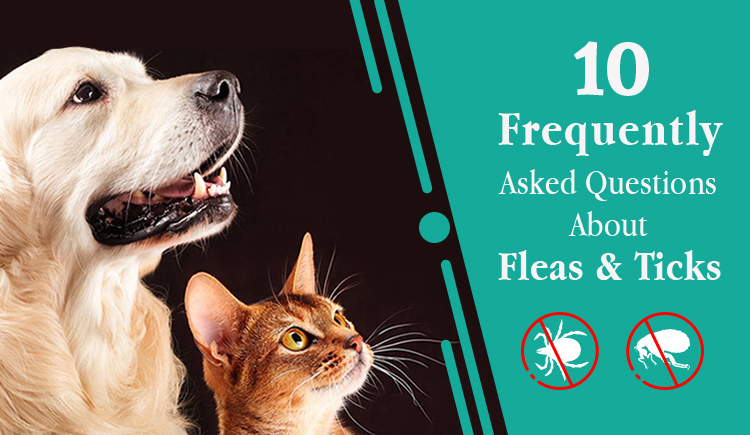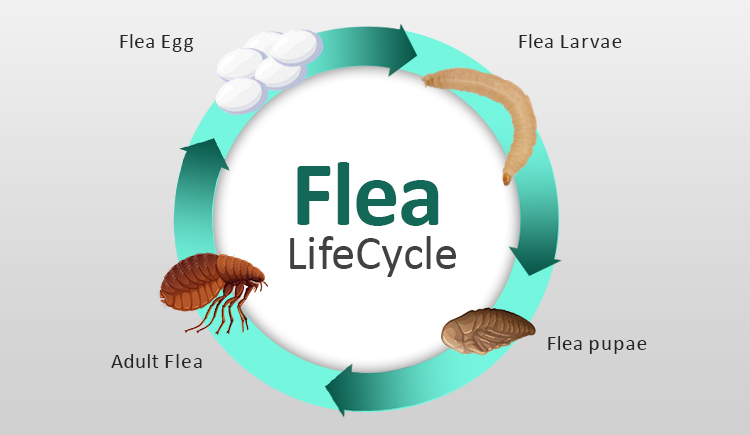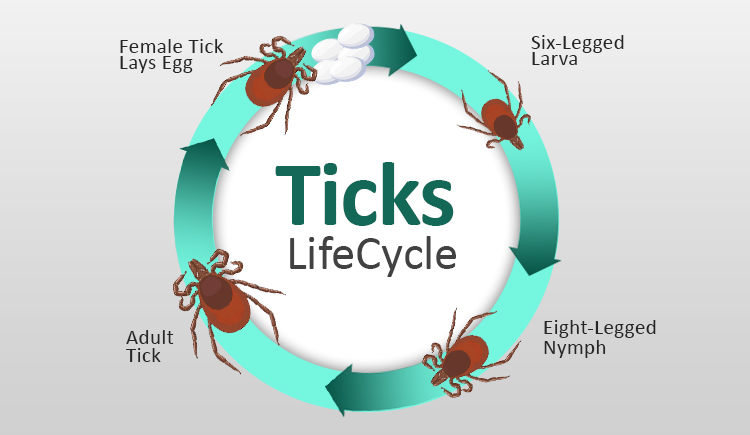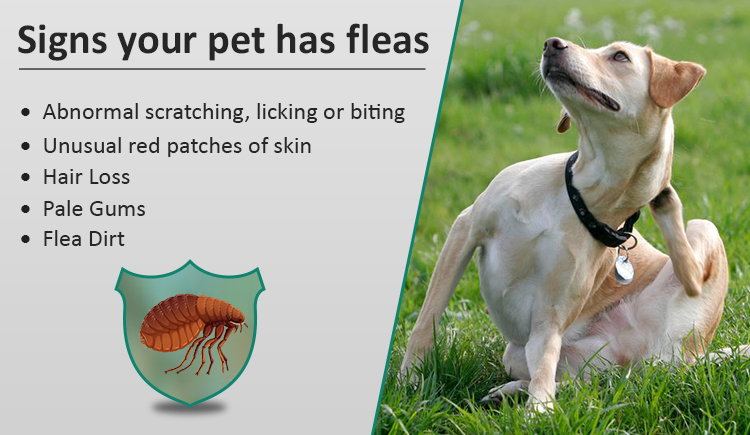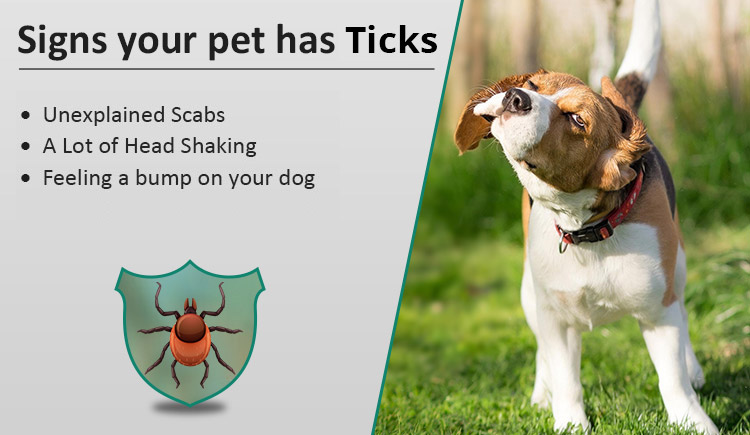Just as we, humans have some people in our lives who are rabble-rousers, similarly fleas and ticks are the biggest trouble makers in your pet’s life. Though we might not get answers at handy to know how to deal with those people, but at least it’s easier to have answers related to fleas and ticks in your pet’s life. These creepy creatures can never miss a chance to haunt your pet and add misery to their normal life. Whether you are a pet parent or planning to be one, it is recommended to possess a thorough understanding of fleas and ticks.
Here are the answers to some of the frequently asked questions that will enable pet parents to have an in-depth knowledge about fleas and ticks.
What Are Fleas and Ticks?
Fleas are six-legged external parasites that feed on the blood of their host. They are of dark copper color and about the size of head pin. Fleas are mostly found within furry areas of the pet such as inner thighs, belly, behind the ears etc. A flea’s cycle goes through egg, larva, pupa and adult.
Ticks are the 8-legged tiny insects that range in size from tiny specks to a swollen watermelon seed. Ticks go through several life sages: egg, larva, nymph, adult. Ticks attach to your dogs and after attaching, ticks begin feeding on your dog’s blood.
Need To Know About Flea Treatments for Puppies
When and where do fleas and ticks thrive?
Although, fleas and ticks are omnipresent, they can pop-up in your pet from anywhere in the world. But, they thrive more during the summer season and whenever the temperatures are reasonably warm. These pests generally like to hide in tall grass, wooded areas, sand or shrubbery.
How Can I Tell the Difference Between Fleas and Ticks?
Fleas are of 1/8th of inch long and often appear as small dark specks on fur or clothing. Ticks are teardrop shaped, dark in color and flat. Moreover, ticks are difficult to identify on their own and are generally larger than fleas.
What Are the Flea and Tick Cycles?
Fleas undergo a complete metamorphosis. The stages of the flea are composed of the egg, larva, pupa and adult fleas. Life cycle length ranges from several weeks to several months and is majorly dependent on environmental conditions.
Flea Life Cycle
Ticks have 4 stages of life that they go through. From egg to six-legged larva to eight-legged nymph to adult form. They feed on blood on each stage of their life.
What Are the Signs My Pet Has Fleas and Ticks?
Signs your pet has fleas
Signs your pet has ticks
What Diseases Can Be Spread by Fleas and Ticks?
Fleas can transfer cat Scratch disease, Bubonic plague and a blood disease called Haemobartonellosis. A flea bite can also transfer tapeworms by causing a parasitic infestation.
Ticks transfer diseases such as Rocky Mountain spotted fever, Lyme disease, Ehrlichiosis and HaemobartonellosiS.
Are Fleas And Ticks A Cause Of Worry To Only Pets Or Humans Too?
Fleas and ticks always get attracted to warm-blooded mammals. Dogs, cats and humans, all come under this category. But the anatomical feature of humans makes them less vulnerable to fleas as compared to the dogs and cats.
How Do I Treat Fleas and Ticks on My Pet?
The moment your pet is diagnosed with fleas and ticks, consider cleaning your house meticulously on the same day. Vacuum your carpets and furniture to remove the eggs, larva and cocoons. There is a huge variety of products such as flea and tick treatments to combat fleas and ticks. BudgetPetWorld has the best quality products and information you need to protect your pets and rid your home of fleas and ticks.
How Can I Protect My Pet from Fleas and Ticks?
The good news is that there are plenty of products available on the market that pet parents can choose from in order to protect their pets from fleas and ticks. Some of the best flea and tick preventives for your dog include: Bravecto, Frontline Plus, Revolution and Nexgard.

